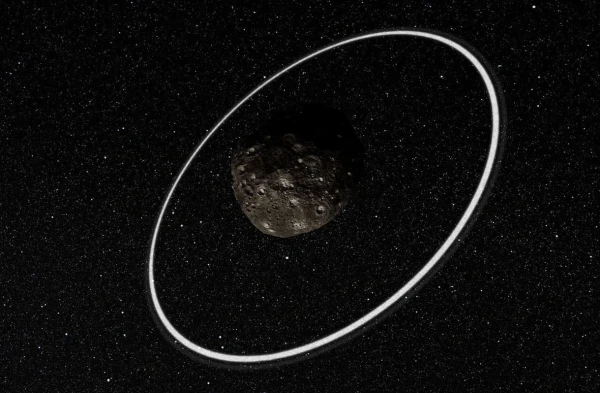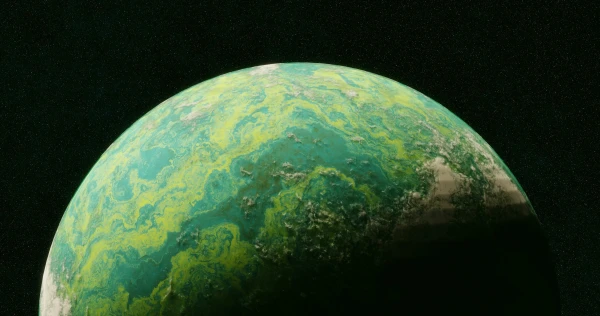
This object created a real sensation in the global astronomical community.
Flying between Jupiter and Neptune, the 260-kilometer ringed body has proven interesting not only for the mere fact of its existence as such a small celestial object: it turns out that the rings of the asteroid Chariklo are rapidly changing.
Until recently, Chariklo attracted attention only as one of the largest centaur asteroids — celestial bodies that gradually migrate from the outskirts of the Solar System to its inner regions. They occupy the space between the Kuiper Belt located beyond Neptune and the Main Asteroid Belt.
Chariklo's diameter is estimated at 258 kilometers, but this is an average figure — such dimensions are insufficient for it to have a proper spherical shape. More accurately, the asteroid's dimensions are 288 by 270 by 198 kilometers.
This object created a real sensation in the global astronomical community: Chariklo turned out to be the first known small celestial body with its own rings. Since then, this list has been joined by the dwarf planets Haumea and Quaoar, as well as the asteroid Chiron, which is also a centaur. Thus, Chariklo quickly lost its status as unique.
However, recent observations of its rings using the James Webb Space Telescope have once again drawn special attention to this system. An international team of astronomers reported this in a paper available on the preprint server arXiv.org.
Chariklo has two rings, one located about 265 kilometers and the other about 280 kilometers from the surface. Interestingly, in both cases, this is significantly beyond the Roche limit — that invisible boundary beyond which the scattered material of the rings can "gain freedom" to attract each other and form a single entity, that is, in this case, a moon or moons of the asteroid. Moreover, the outer ring is held very loosely and should quickly disperse into interplanetary space. Astronomers are wondering why neither of these phenomena is occurring with Chariklo's rings.
In any case, the Webb data allowed for the discovery of the impressive dynamics of these rings: the observatory showed something quite different from what had been seen near Chariklo until now. Previously, the rings appeared as distinctly identifiable. Now, however, the inner ring is much more filled with material, while the outer one is barely traceable.















Leave a comment